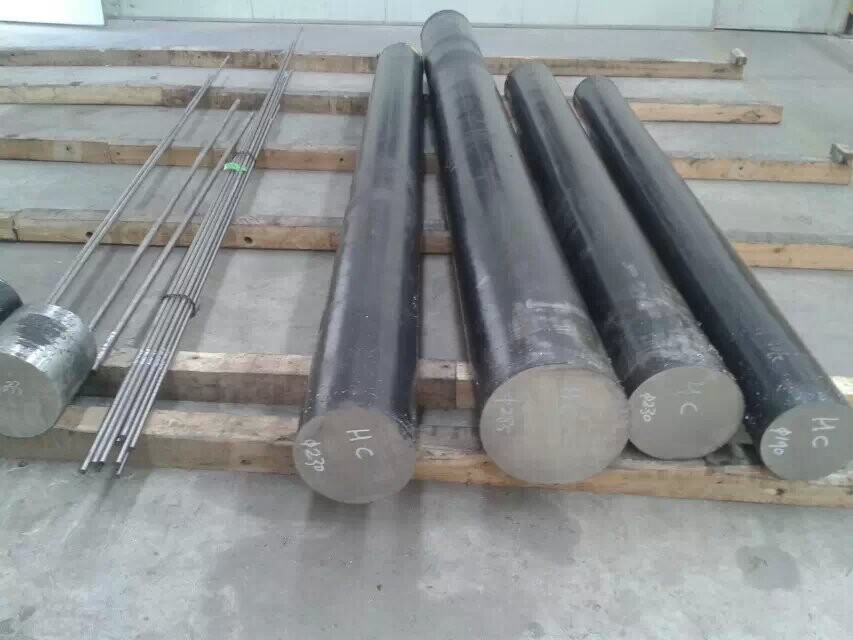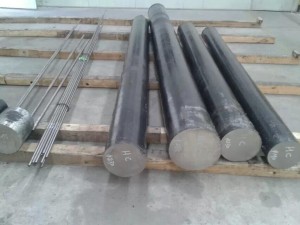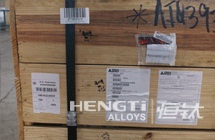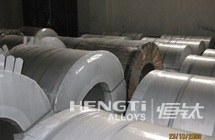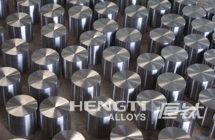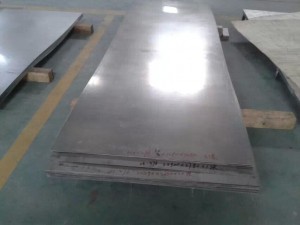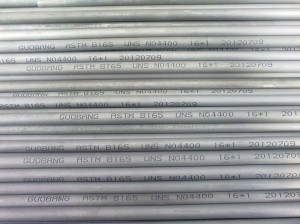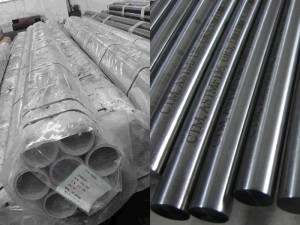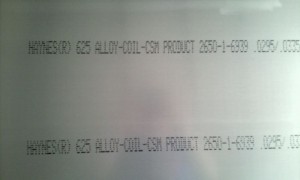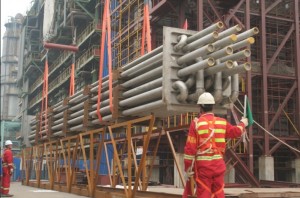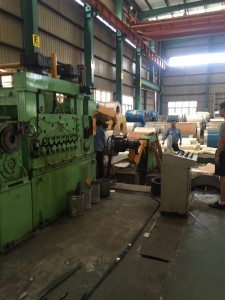N06022/C22
Short Description:
Introduction Super alloys contain a number of elements in a variety of combinations to achieve the desired result. They have good creep and oxidation resistance. They are available in different shapes, and can be used at very high temperatures and mechanical stress, and also where high surface stability is required. Cobalt-based, nickel-based, and iron-based alloys are three types of super alloys. All of these can be used at temperatures above 540°C (1000°F). Hastelloy(r) C22(r) is a...
Product Detail
FAQ
Product Tags
|
|
| Element | Content (%) |
|---|---|
| Chromium, Cr | 20-22.5 |
| Molybdenum, Mo | 12.5-14.5 |
| Tungsten, W | 2.5-3.5 |
| Cobalt, Co | 2.5 min |
| Iron, Fe | 2-6 |
| Manganese. Mn | 0.5 max |
| Vanadium, V | 0.35 min |
| Silicon, Si | 0.08 max |
| Phosphorus, P | 0.02 max |
| Sulfur, S | 0.02 max |
| Carbon, C | 0.015 max |
| Nickel, Ni | Remainder |
Physical Properties
The physical properties of Hastelloy(r) C22(r) are outlined in the following table.
| Properties | Metric | Imperial |
|---|---|---|
| Density | 8.69 g/cm³ | 0.314 lb/in³ |
| Melting point | 1399°C | 2550°F |
Mechanical Properties
The mechanical properties of Hastelloy(r) C22(r) are displayed in the following table.
| Properties | Metric | Imperial |
|---|---|---|
| Elastic modulus | 206 MPa | 29878 psi |
Thermal Properties
The thermal properties of Hastelloy(r)C22(r) are given in the following table.
| Properties | Metric | Imperial |
|---|---|---|
| Thermal conductivity (at 100°C/212°F) | 11.1 W/mK | 6.4 BTU in/hr.ft².°F |
Other Designations
Other designations that are equivalent to Hastelloy(r) C22(r) include:
- ASTM B366
- ASTM B564
- ASTM B574
- ASTM B575
- ASTM B619
- ASTM B622
- DIN 2.4602
Fabrication and Heat Treatment
Machinability
Hastelloy(r) C22(r) can be machined using high-speed steel tooling. Carbide tools are used for milling or turning. Machining operations can be performed using conventional coolants.
Forming
Hastelloy(r) C22(r) can be easily hot or cold formed followed by heat treatment.
Welding
Except submerged arc welding method, Hastelloy(r) C22(r) can be welded using all other welding methods.
Heat Treatment
Hastelloy(r) C22(r) is heat treated by annealing at 1122°C (2050°F) followed by quenching.
Forging
Hastelloy(r) C22(r) is hot forged at 1149°C (2100°F) followed by heat treatment.
Hot Working
Hastelloy(r) C22(r) has good hot working capacity.
Cold Working
Hastelloy(r) C22(r) has cold working capacity.
Aging
Hastelloy(r) C22(r) is aged at 510 to 1038°C (950 to 1900°F) to increase its tensile strength and hardness. However, V-notch impact strength can be degraded if aging is done above 760°C (1400°F).
Hardening
Hastelloy(r) C22(r) cannot be hardened by heat treatment or cold working.
Applications
Hastelloy(r) C22(r) is used for manufacturing different types of chemical process equipments such as:
- Chlorination systems
- Flue gas scrubbers
- Outlet ducting and stack liners for power plants, pulp and paper bleach plants, sulfur dioxide scrubbers, and weld overlay of less corrosion resistant metals
- Acid production and pickling systems.
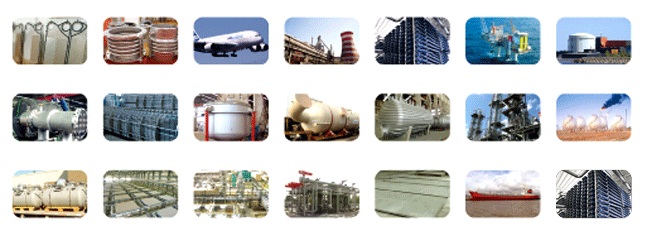
Stock
|
Form |
Specification |
Supply Form |
Others |
|
Sheet |
Thickness |
FAQ Content

